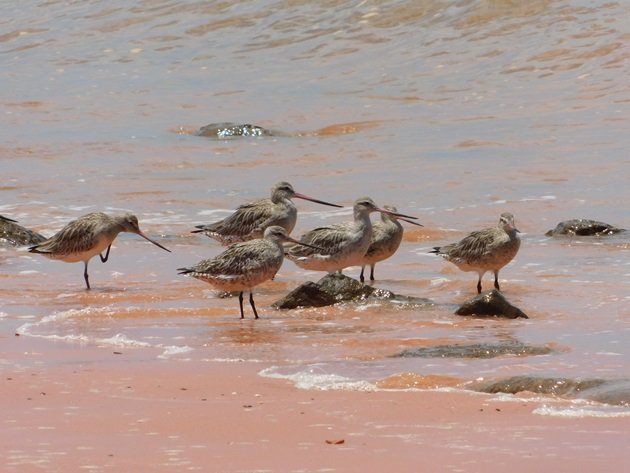
It does not seem that long since the shorebirds all returned from their northerly migration and already we are starting to see the change in their breeding plumage. The shorebirds are starting to concentrate on putting on body weight ready for their next journey north. The shorebirds will start to leave Broome next month to breed high up in the Arctic and will mostly fly non-stop to the Yellow Sea in China. They will refuel there and then continue on their journey.
Visiting the local beaches around Broome at the moment the shorebirds are best viewed after high tide. As the tide pushes up the shorebirds are constantly on the move to keep ahead of the rising sea. The shorebirds continue to feed on the mudflats for as long as they can and then roost at the high tide mark. There are additional threats of birds of prey throughout the day and they are constantly alert to the dangers that those birds present. It is not unusual to observe the shorebirds tilting their heads to the sky. Even if you can’t immediately observe the threat they will leave the beach in a sharp burst all together if they feel threatened. Ideally waiting until two hours after a big tide you can observe the shorebirds relaxed at the water’s edge.
The Bar-tailed Godwits Limosa lapponica that are currently in the north of Australia number in their thousands. We are very privileged to have so many of this particular shorebird species right here in Broome. The Bar-tailed Godwit population has declined in recent years and there are threats worldwide causing its decline. The female Bar-tailed Godwits are a larger bird than the male of the species, but there are some members of the species that are not clearly sexed on size alone.
The length of the bill of a female Bar-tailed Godwit is distinctly longer on the larger birds. Female Bar-tailed Godwits do not change into their breeding plumage quite as soon as male Bar-tailed Godwits. The male Bar-tailed Godwits are already starting to get a red blush to their breasts.
Male and female Bar-tailed Godwits
Often you can’t isolate Bar-tailed Godwits on their own due to the large number of shorebirds present at the roost. Many of the shorebirds are starting to get their breeding plumage now. The Great Knot are starting to get black plumage across their breast feathers and both sub-species of Red Knot are starting to develop their red feathers. Apart from Whimbrel and Eastern Curlew, the Bar-tailed Godwit are the largest shorebird on the beach at high tide. The Whimbrel and Eastern Curlew are a lot less tolerant of activity on the local beaches and will soon take off when you approach whilst the other shorebirds will remain on the sand. It is not unusual to have all of the shorebirds lying on the wet sand once the tide has turned, while they wait for the mudflats to be exposed, so that they can continue to feed.
Bar-tailed Godwits, Great Knots and a Ruddy Turnstone
It is not unusual to find a good mixture of shorebirds all roosting together. Bar-tailed Godwits, Great Knot, Red Knot, Terek Sandpipers, Grey-tailed Tattlers, Common Greenshank, Curlew Sandpipers, Greater Sand Plovers, Lesser Sand Plovers, Grey Plovers, Red-necked Stint, Broad-billed Sandpipers, Ruddy Turnstones and Common Sandpipers all use the beaches close to town. Already there are some male Bar-tailed Godwits with very good breeding plumage and their red breast feathers are very distinct.
Male Bar-tailed Godwit with good breeding plumage
This is a good time of year to learn about shorebirds whilst there are so many present in the Broome area. It may seem challenging to identify some of the different species, but there are less “grey” shorebirds at this time of year to identify as they change into their breeding plumage.
Remember these shorebirds have a long journey ahead in a few weeks’ time and give them the space they need to relax when they can’t feed. All dogs should be discouraged from chasing the resident and migratory shorebirds and most beaches around Broome only permit dogs on a leash.


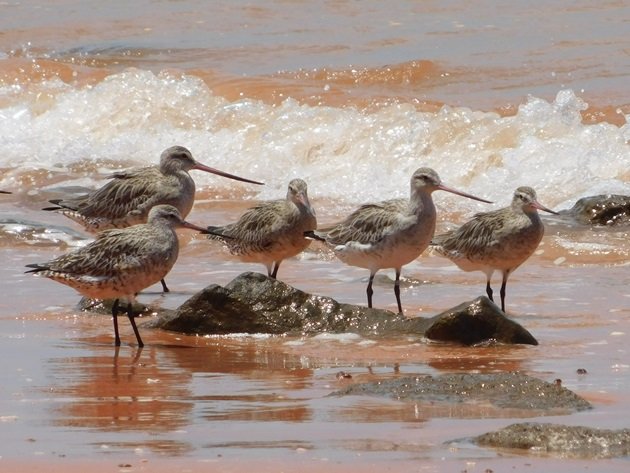
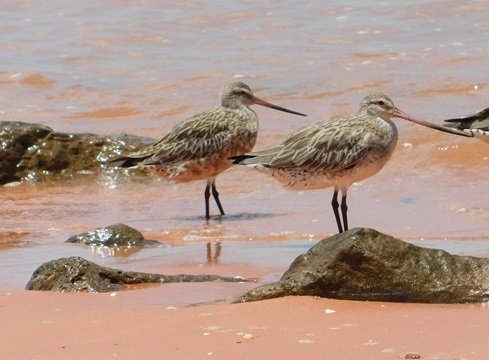
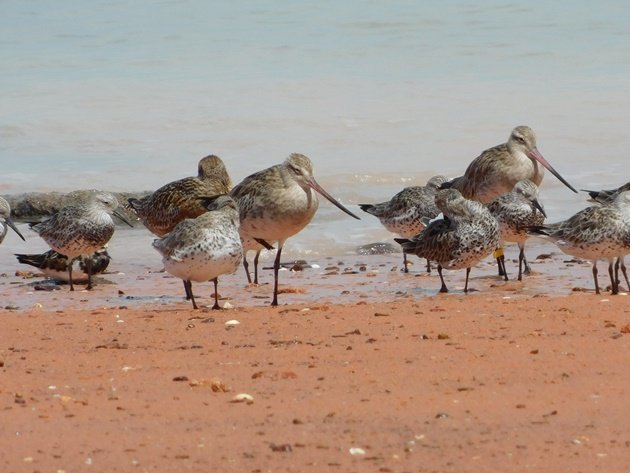
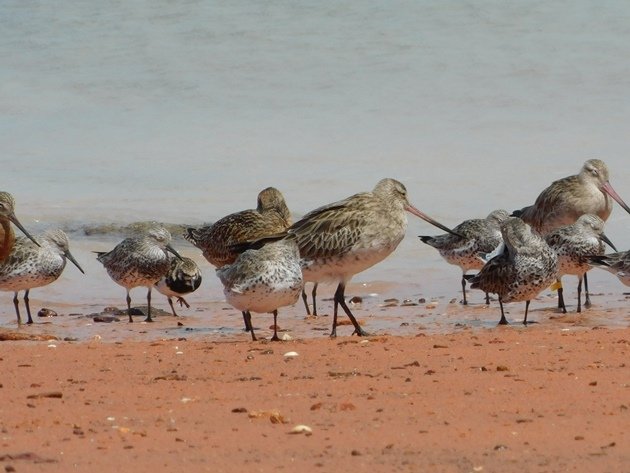
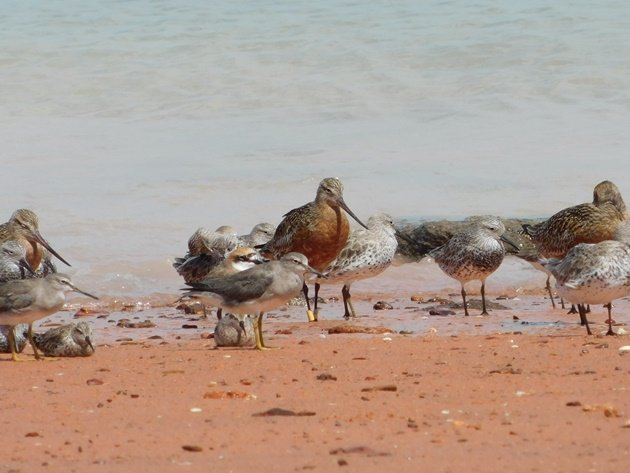
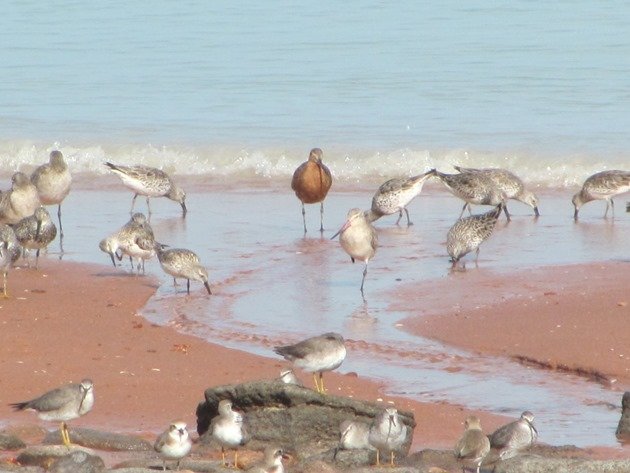
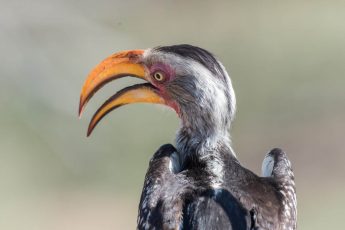
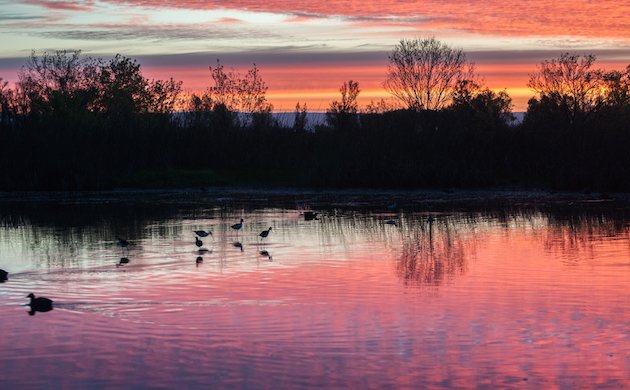

 New writers welcome – please contact us for details.
New writers welcome – please contact us for details.

















Leave a Comment